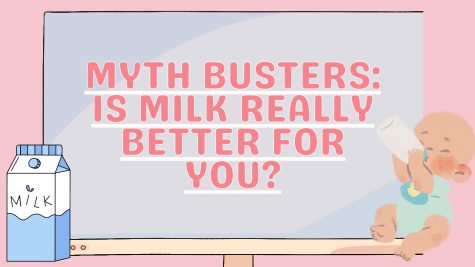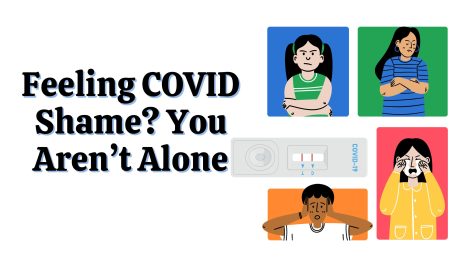Neurocircuitry as a Cure for Depression
According to the Centers for Disease Control and Prevention, approximately 4.7% of adults in the US, nearly 10 million people, have experienced a depressive episode. Depression is a neurological disorder in which the affected persons often have feelings of sadness or worthlessness, loss of appetite and energy, or difficulty sleeping. One in three people with depression has no response to antidepressants or psychotherapy as a form of treatment. This form of depression is known as treatment-resistant depression or TRD.
Since 2003, various research centers, including Baylor University Medical Center in Texas and The University of California, San Francisco, have conducted extensive experimental studies regarding deep brain stimulation (DBS) as a potential treatment for treatment-resistant depression. Long-term depression both causes and results from brain abnormalities; it alters the brain’s physical condition and is often triggered by an improper amount of serotonin release, which is a neurotransmitter responsible for regulated moods and happiness. DBS has already been approved to treat three other illnesses: Parkinson’s disease, epilepsy, and essential tremor, all of which form as the result of an abnormality in the brain.
If a patient undergoes DBS treatment, a neurostimulator and several electrodes will be strategically placed in the brain in three main areas, the subgenual cingulate, orbitofrontal cortex, and ventral capsule or ventral striatum. Depending on the type of depression occurring, which can be determined based on the patient’s symptoms, one or several of the three areas will be stimulated. According to the researchers, stimulating the subgenual cingulate causes a clearer mind and a feeling of alertness. Stimulating the orbitofrontal cortex produces feelings of general satisfaction while stimulating the ventral capsule and ventral striatum causes bursts of happiness. As a result of these different responses, it is essential to send electrical signals to the correct portion of the brain based on the patient’s symptoms. When anxious, for instance, stimulating the orbitofrontal cortex will cause a calming effect. When lethargic, the same area may cause a worse mood or drowsiness.
One of the first people to undergo DBS treatment for depression was a 36-year-old woman who reportedly had treatment-resistant depression since childhood. Scientists placed ten electrodes in her head and tracked the results over the next ten days. Their study found that sets of ninety-second stimulation reliably produced positive emotions. When asked about the emotional differences after treatment, the woman said, “Every time they stimulated, I felt like, I’m my old self,” followed shortly after by, “I could do the things I want to do with my life.”
After the initial study, a neuromodulation device was installed for long-term use. The device is programmed to recognize the signs of an oncoming depressive episode and stimulate the appropriate part of the brain. Currently, treatment must be customized for each person, as depression manifests differently in different people. The ten-day preliminary test for the current patients is used to map their individual depressions, allowing the researchers to program the long-term devices better. While depression is an ailment no one wishes to have, there is an increasing number of potential treatments which can help a person manage or stabilize their mood, allowing for a more ordinary life.
Works Cited
Allawala, Anusha, et al. “Novel Framework for Network-Targeted Neuropsychiatric Deep Brain Stimulation.” OUP Academic, Oxford University Press, 29 Apr. 2021, academic.oup.com/neurosurgery/advance-article/doi/10.1093/neuros/nyab112/6258455.
“BRAIN Grant Funds Study of Neurocircuitry of Depression.” Baylor College of Medicine, Baylor College of Medicine, 9 Feb. 2018, www.bcm.edu/news/initiative-neurocircuitry-depression.
“FastStats – Depression.” Centers for Disease Control and Prevention, U.S. Department of Health & Human Services, 9 Apr. 2021, www.cdc.gov/nchs/fastats/depression.htm.
Kingsland, James. “Personalized Brain Stimulation Lifts a Patient’s Depression.” Medical News Today, MediLexicon International, 21 Jan. 2021, www.medicalnewstoday.com/articles/personalized-brain-stimulation-lifts-a-patients-depression.
“What Is Depression?” Edited by Felix Torres, American Psychiatric Association, American Psychiatric Association, 2021, www.psychiatry.org/patients-families/depression/what-is-depression.











